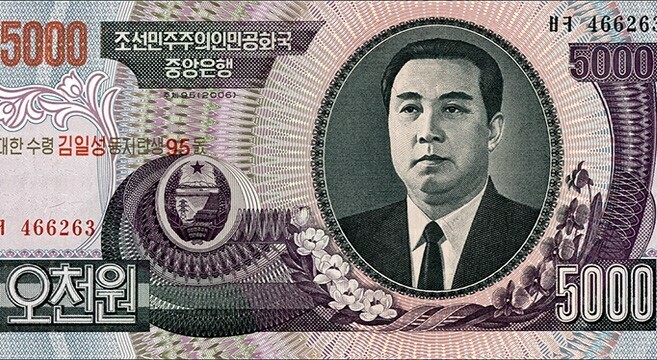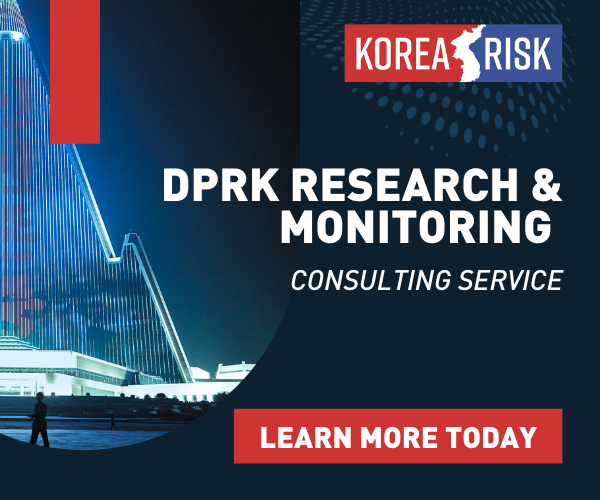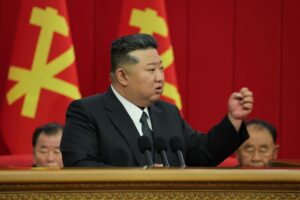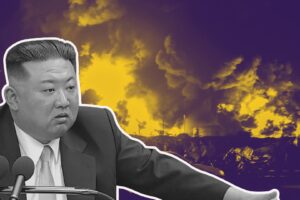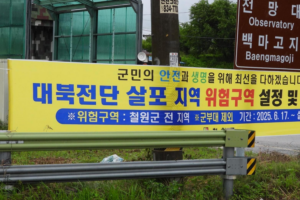This week, North Korea’s central bank began replacing the country’s highest denomination currency unit: the 5,000 won. After paying visits to the Korean Central Bank to make their own exchanges, Daily NK sources in the borderland confirmed the appearance of the replacement bill: On the front, an image of the house at Mangyongdae in Pyongyang where the government claims, seemingly falsely, that Kim Il Sung was born, and on the back the cavernous International Friendship Exhibition complex at Mt. Myohang, where gifts bestowed upon Kim Il Sung and Kim Jong Il are stored and displayed.
Ergo, there is no likeness of Kim Il Sung, the nation’s founder, on the newest incarnation of its money.
This week, North Korea’s central bank began replacing the country’s highest denomination currency unit: the 5,000 won. After paying visits to the Korean Central Bank to make their own exchanges, Daily NK sources in the borderland confirmed the appearance of the replacement bill: On the front, an image of the house at Mangyongdae in Pyongyang where the government claims, seemingly falsely, that Kim Il Sung was born, and on the back the cavernous International Friendship Exhibition complex at Mt. Myohang, where gifts bestowed upon Kim Il Sung and Kim Jong Il are stored and displayed.
Ergo, there is no likeness of Kim Il Sung, the nation’s founder, on the newest incarnation of its money.
Try unlimited access
Only $1 for four weeks
-
Unlimited access to all of NK News: reporting, investigations, analysis
-
Year-one discount if you continue past $1 trial period
-
The NK News Daily Update, an email newsletter to keep you in the loop
-
Searchable archive of all content, photo galleries, special columns
-
Contact NK News reporters with tips or requests for reporting
Get unlimited access to all NK News content, including original reporting, investigations, and analyses by our team of DPRK experts.
Subscribe
now
All major cards accepted. No commitments – you can cancel any time.



